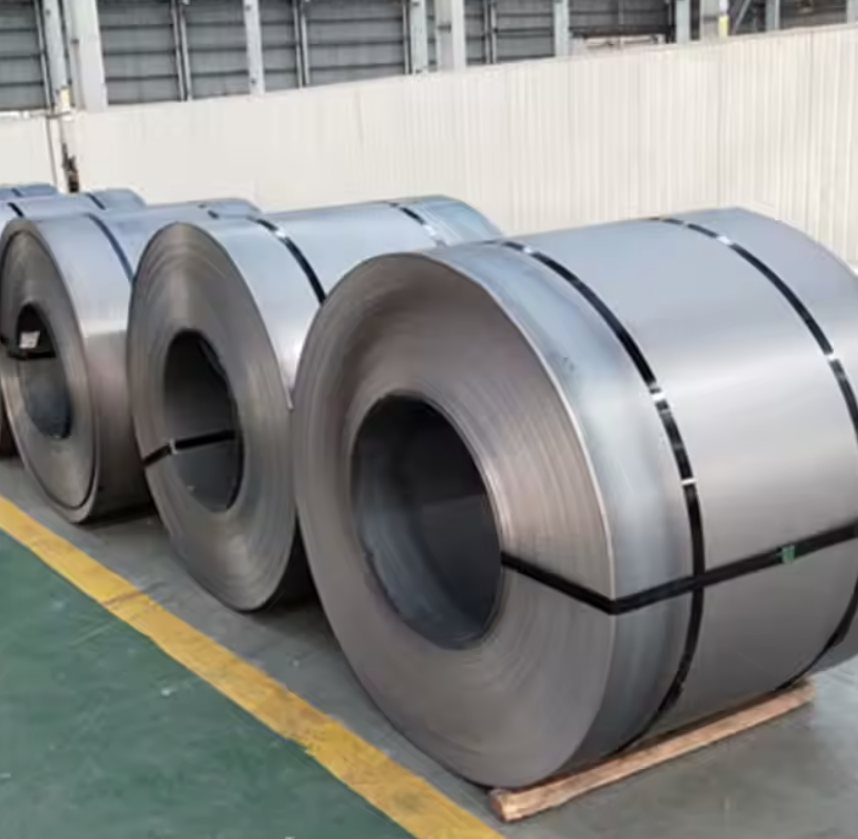
Posted on Wednesday, May 8, 2024
Importing steel coils into Zimbabwe is essential for industries like construction, manufacturing, and automotive production.
Q: Can I import used steel coils into Zimbabwe?
A: While possible, ZIMRA may impose restrictions or additional inspections to ensure quality standards.
Q: How do I find reliable suppliers?
A: Look for suppliers with proven export experience to Africa and verified customer reviews.
Q: Are there financing options for large steel coil imports?
A: Yes, many international suppliers offer credit terms or recommend third-party financing.
Q: What challenges might I face?
A: Customs clearance delays, unexpected tariffs, and fluctuating shipping costs are common issues.
By understanding the costs, regulations, and best practices, you can streamline your steel coil imports into Zimbabwe and minimize risks. For more details, consult with local customs agents or ZIMRA.

Most Popular Roll Forming Machines in the United Kingdom
Posted on Thursday, December 11, 2025
This blog breaks down the five most in-demand roll forming machines in the UK

Can I Finance a Roll Forming Machine?
Posted on Thursday, December 11, 2025
Financing a roll forming machine is easier than most buyers think. Here’s how leases, loans, and payment plans make production affordable.

Roll Forming Machines for Sale in the UK: What Buyers Need to Know Before Purchasing
Posted on Thursday, December 11, 2025
This complete guide explains everything UK buyers must know before purchasing, including machine types, voltage requirements, CE/UKCA compliance

Roll Forming Machines for Sale in the USA: What Buyers Need to Know Before Purchasing
Posted on Wednesday, December 10, 2025
This guide explains everything U.S. buyers need to know before purchasing a roll forming machine, including machine types, pricing, voltage
Copyright 2026 © Machine Matcher.